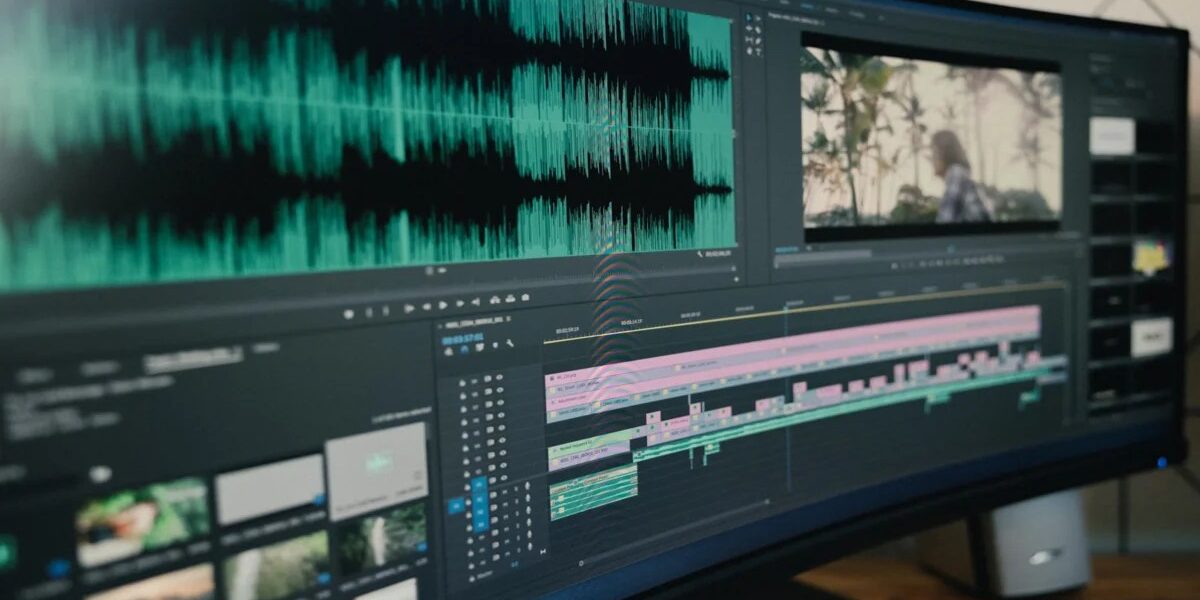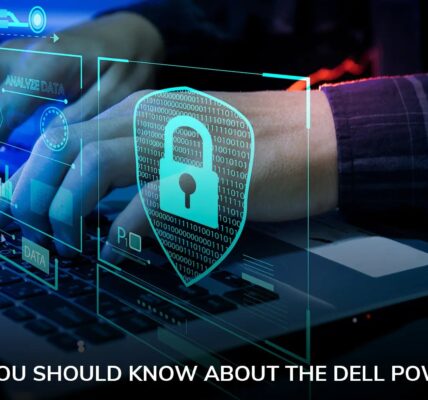Video content has become a pivotal marketing tool as we approach 2024, with 88 percent of marketers stating its importance in their strategies. However, securing video content is essential to protect sensitive information and maintain viewer trust.
This guide will provide tech entrepreneurs, marketing professionals, IT security experts, digital marketers, IT professionals, and video content creators with top cybersecurity tips to safeguard their video assets from potential threats. Implementing these tips will help businesses maintain data integrity and comply with cybersecurity standards.
Importance of Secure Video Content Delivery
As we move into 2024, the delivery of secure video content is more critical than ever. Not only is video a pivotal component of marketing strategies, but the stakes for keeping it secure are high.
In 2023, 38 percent of organizations reported experiencing a security incident from a malicious file, underlining the urgent need for effective safeguards. Protecting video content ensures that sensitive information remains confidential and viewer trust is not compromised.
Risks of unsecured video content
Unsecured video content can lead to data breaches, financial losses, and reputational damage. Cybercriminals often target video files to inject malware or steal sensitive information. Organizations must prioritize securing their video content to mitigate these risks.
By doing so, they can steer clear of possible legal and financial consequences while ensuring their brand’s credibility.
Benefits of secure video delivery
Secure video delivery ensures data integrity and protects against unauthorized access. It helps businesses remain compliant with industry regulations and cybersecurity standards. Businesses can cement trust with their audience by demonstrating a commitment to security.
This trust can boost customer loyalty and a stronger brand reputation, ultimately driving business growth.
Implementing Encryption for Video Content
Encryption is vital for safeguarding video content against cyber threats. Encryption ensures that no unauthorized users have access to the information by converting video data into an unreadable format.
As cyberattacks become more sophisticated, robust encryption protocols are essential to preventing unauthorized access and data breaches.
Implementing encryption protects sensitive information and helps businesses comply with industry regulations. By prioritizing video content encryption, organizations can enhance their security and build trust with their audience.
Types of encryption
Various encryption methods provide different levels of protection, making it essential to understand their advantages and limitations. Below are some of the most common types of encryption used to safeguard video content.
- Symmetric encryption: This type of encryption utilizes a single key for encryption and decryption. While it offers the advantage of faster data processing due to the use of one key, its security is comparatively lower because the same key must be shared among users, which can pose potential vulnerabilities.
- Asymmetric encryption: Asymmetric encryption involves a pair of keys—public and private. The public key is used for encryption, while the private key is reserved for decryption. This method provides a more advanced level of security since the private key is not shared publicly, ensuring that only the target recipient can decrypt and access the video content.
- End-to-end encryption: This method ensures that video content is encrypted directly from the sender until it reaches the recipient. Only the sender and the target recipient have the keys required to decrypt the content, making it the most secure form of encryption. It effectively prevents any unauthorized access during the transmission process.
Best practices for encryption
It’s essential to follow established best practices for encryption to ensure sensitive data remains protected from potential threats. Below are key practices to consider:
- Utilize strong, unique encryption keys and update them regularly: Robust, unique encryption keys are fundamental in preventing unauthorized access to video content. Periodically updating these keys can enhance security by ensuring that cyber threats do not exploit outdated or compromised keys.
- Implement Multi-Factor Authentication (MFA): Adding Multi-Factor Authentication to your security protocols provides an additional layer of protection. MFA requires a user to prove their identity through multiple forms of verification, such as a password combined with a biometric scan or a one-time code sent to a mobile device, significantly reducing the risk of unauthorized access.
- Ensure encryption across all devices and platforms: To fully protect video content, it is crucial to implement encryption consistently across all devices and platforms involved in the consumption, distribution, and production of video content. This practice ensures that confidential information is protected from exposure through unencrypted channels, safeguarding the content throughout its lifecycle.
Secure Storage Solutions for Video Content
Implementing secure storage solutions is essential for protecting video files against unauthorized access and data breaches. Using robust security measures like access controls and encryption ensures that sensitive content is safely stored and preserved.
Cloud-based storage
Cloud-based storage solutions offer a flexible and scalable option for managing video content. By utilizing cloud services, organizations can store large volumes of video files, including popular formats like MP4, while benefiting from advanced security features.
These platforms often provide built-in encryption and access control mechanisms, safeguarding sensitive video data from unauthorized access.
On-premises storage
On-premises storage provides complete control over data security and access. It suits organizations with stringent security requirements and large volumes of video content. Integrating robust physical and digital security measures is essential for on-premises storage, ensuring that data remains protected from internal and external threats.
Regular Security Audits and Monitoring
Regular security audits and constant monitoring are crucial for identifying vulnerabilities and ensuring that video content protection measures are effective. These practices help organizations avoid potential threats and maintain the integrity of their data security protocols.
Below are steps to follow when conducting security audits:
- Identify and assess potential risks: Evaluate vulnerabilities in your video content delivery system.
- Review and update security policies: Regularly update procedures and protocols to stay current with industry standards.
- Conduct penetration testing: Simulate cyberattacks to evaluate your defenses and identify areas for improvement.
Securing Your Video Content for the Future
Securing video content is crucial for protecting sensitive information and maintaining viewer trust. Implementing encryption, secure storage, and regular security audits can enhance video content security.
By leveraging advanced features and ensuring compliance with cybersecurity standards, businesses can safeguard their valuable assets and stay ahead of potential threats. Stay proactive and invest in robust security measures to protect your video content and maintain your competitive edge in 2024.
Securing Video Content: Top Cybersecurity Tips for 2024 (iemlabs.com)





